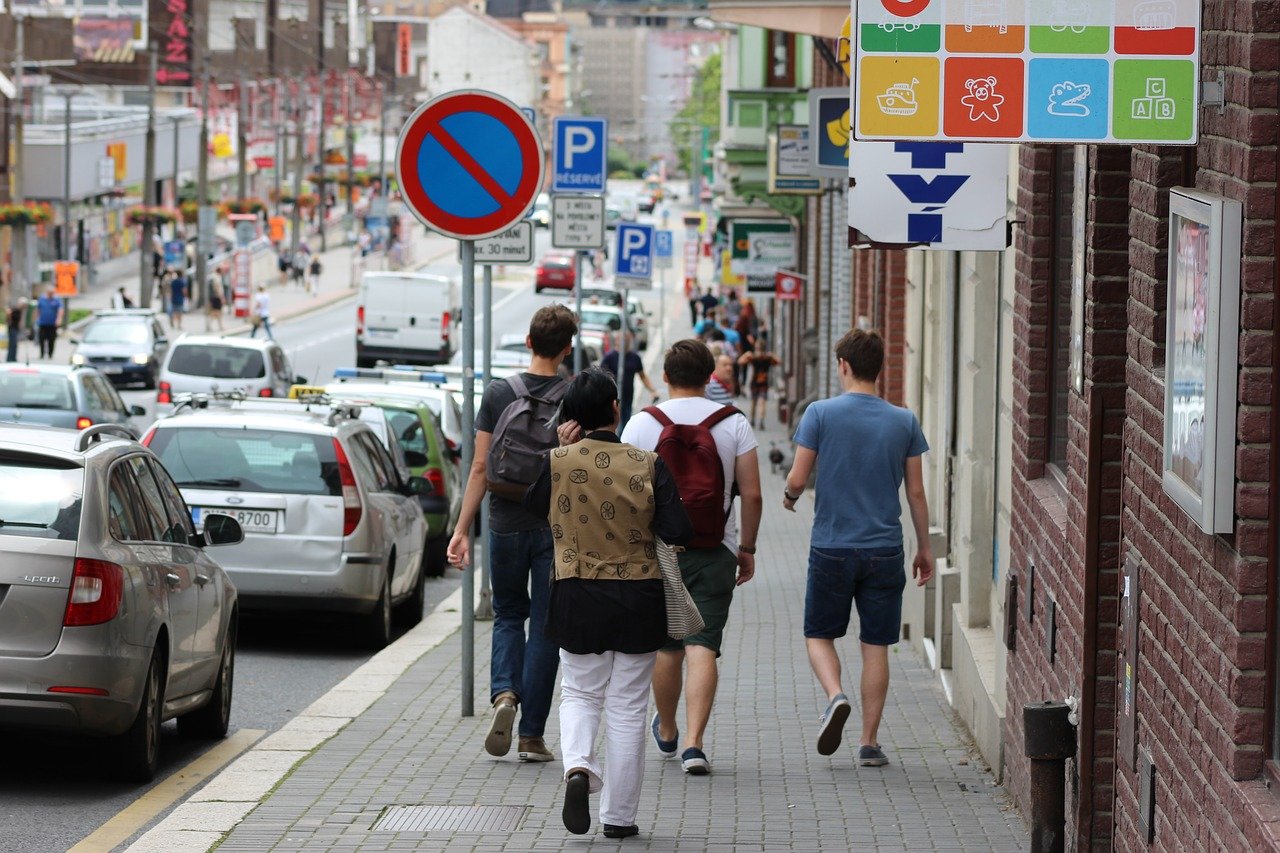The trajectories of global economic recovery have become even more divergent, says the IMF's updated global macro forecast. Vaccination rates remain a key criterion - almost all developed countries (around 40% of their populations are vaccinated, around 20% in developing countries and less than 2% in low-income countries) can expect to see a business recovery by year-end, while the rest will depend on outbreaks of the disease, although no one has complete protection against pandemic risks.
The global economy could grow by 6% in 2021 and by 4.9% next year. Although the overall estimate for this year is unchanged, for developing countries the forecast is reduced by 0.4 percentage points to 6.3%.
By contrast, the forecast for developed countries has been improved (plus 0.5 percentage points to 5.6%). By contrast, the increase of 0.5 p. p. in the prognosis for 2022 is mainly due to the US outlook and the new fiscal stimulus (plus 0.3% this year to 7%, next year plus 1.4% to 4.9%). In the euro area the increase will be less pronounced at 4.6% and 4.3%.
The IMF attributes the global spike in inflation primarily to supply shortages due to covid constraints (for example, delivery times have increased due to a lack of containers on the main routes - this has led to higher freight costs). Consumer patterns are also changing - in particular, there has been an increase in demand for housing (amid low mortgage rates and growth in remote employment). Commodity prices are another source of inflation: oil could rise by 60% this year from a low base in 2020, other commodities, especially metals and food, by 30%. Global trade as a whole could rise by 9.7% this year and by 7% in 2022.
The fund expects price growth to return to previous rates in 2022 - the IMF recommends that central banks treat these spikes as "temporary" and "avoid policy tightening until inflation trends become clearer".
source: imf.org
The global economy could grow by 6% in 2021 and by 4.9% next year. Although the overall estimate for this year is unchanged, for developing countries the forecast is reduced by 0.4 percentage points to 6.3%.
By contrast, the forecast for developed countries has been improved (plus 0.5 percentage points to 5.6%). By contrast, the increase of 0.5 p. p. in the prognosis for 2022 is mainly due to the US outlook and the new fiscal stimulus (plus 0.3% this year to 7%, next year plus 1.4% to 4.9%). In the euro area the increase will be less pronounced at 4.6% and 4.3%.
The IMF attributes the global spike in inflation primarily to supply shortages due to covid constraints (for example, delivery times have increased due to a lack of containers on the main routes - this has led to higher freight costs). Consumer patterns are also changing - in particular, there has been an increase in demand for housing (amid low mortgage rates and growth in remote employment). Commodity prices are another source of inflation: oil could rise by 60% this year from a low base in 2020, other commodities, especially metals and food, by 30%. Global trade as a whole could rise by 9.7% this year and by 7% in 2022.
The fund expects price growth to return to previous rates in 2022 - the IMF recommends that central banks treat these spikes as "temporary" and "avoid policy tightening until inflation trends become clearer".
source: imf.org





